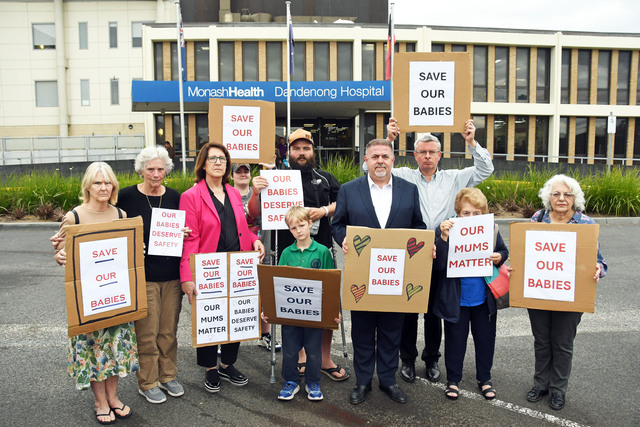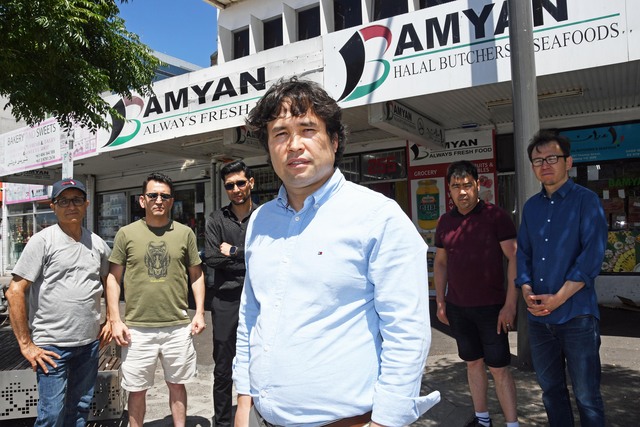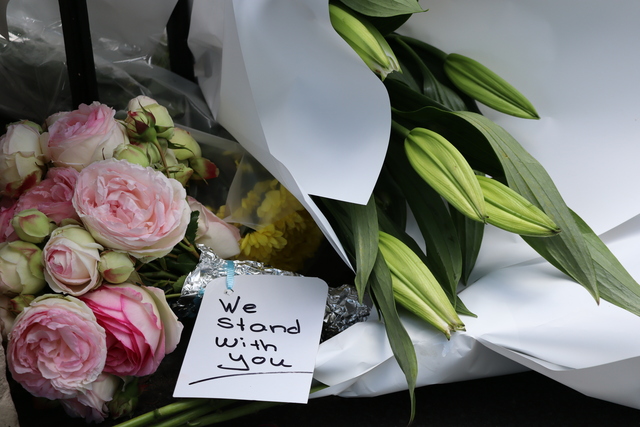By Shaun Inguanzo
A RESIDENTS group has accused the City of Greater Dandenong council of a ‘secret’ cash-grab following plans to expand Dandenong South’s boundaries into rural towns.
The Bangholme Rural Land Holders Association (BRLHA) has slammed the proposal, fearing it would allow for industrial development in Dandenong South’s Green Wedge zone and spark a rates hike for rural landowners.
But Greater Dandenong council denied the claims and said the boundary realignments aimed at bringing the council’s boundaries in line with Australia Post’s, the Australian Bureau of Statistics and other government bodies.
The council says it is not to develop land or reap revenue.
The council last month voted to commence ‘the process to realign boundaries for the suburbs of Dandenong, Dandenong South, Lyndhurst and Bangholme’ as per maps in its 12 December meeting agenda.
An officers’ report stated the purpose was to ‘more clearly distinguish each suburb, clearer identification for service delivery and emergency services, and more fully encompass the residential area of Dandenong – distinguishing it from the industrial area of Dandenong South’.
The report also said the new Dandenong South would ‘encompass the current and predicted industrial development into a single geographic area’.
But BRLHA president Alan Hood said the report hinted at developing in protected Green Wedge zones, and ‘it would remove the names Bangholme and Lyndhurst which provide differentiation between the urban and rural areas of the city’.
Mr Hood said the BRLHA believed the proposal marked the beginning of a ‘secret’ move to increase rates revenue, and feared rural landowners in Bangholme and Lyndhurst would pay more rates if land value increased.
City of Greater Dandenong corporate affairs director Ross Hepburn denied claims the plan was secret, given public notices advertised in local press from late last year.
He also dismissed the notion that the realignment was intended to develop land for rates revenue.
“This suburb boundary realignment doesn’t affect anything other than boundaries – lines drawn on a map,” he said.
“It doesn’t affect peoples’ property zoning which means it doesn’t affect peoples’ rates and it is certainly not rate revenue driven.
“Council is committed to protecting Green Wedge zones, and council operates in accordance with planning guidelines and legislation set down by the State Government.”
Mr Hepburn said any development would be subject to the State Government removing Green Wedge restrictions but he said that could be a while away.
“I would have thought that at some stage the State Government would want to reassess which new areas of industrial land it chooses to open up but I think that is a decade down the track.”
Rates grab row
Digital Editions
-

NEWS-MAKERS 2025: Outcry over hospital maternity cuts
Purchase this photo from Pic Store: 520739 Maternity Downgrades to Dandenong Hospital Monash Health’s potential downgrading of maternity services at Dandenong Hospital sparked outrage within…





